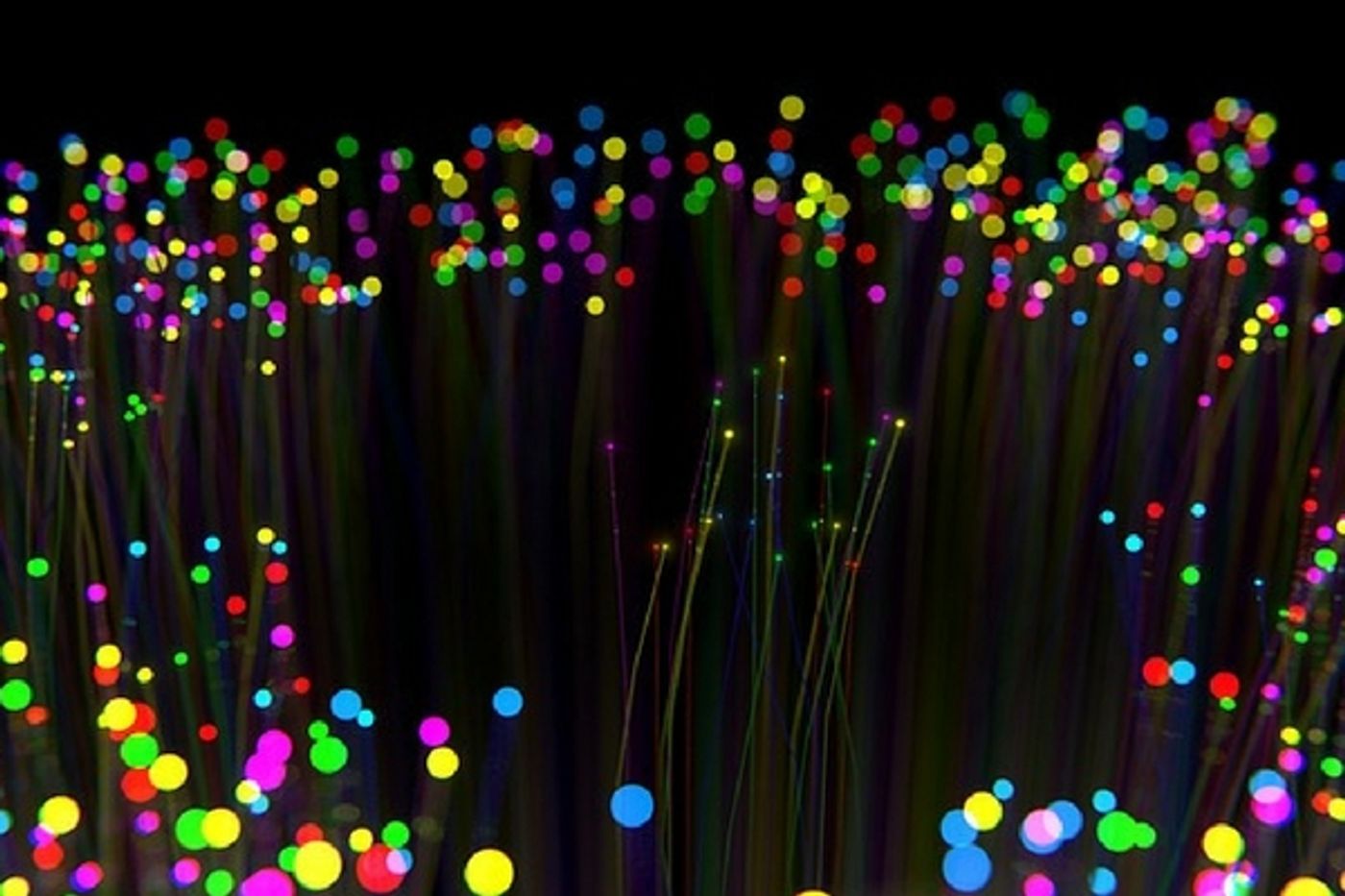A Math Model Shows How Neurons Fire in the Brain
Neuroscientists are not the only ones who have wished that there was a way to see how the brain processes information and stimuli. Understanding the incredibly complex process of neurons firing and messages being transmitted at a molecular level is what’s at the forefront of cutting edge brain research. In the latest efforts, a group of researchers at the École Polytechnique Fédérale de Lausanne’s (EPFL) Blue Brain project, have used virtual reality, math models and big data to find and demonstrate the many dimensions of brain activity and patterns that neurons are constantly forming in response to stimulation. It’s a process that has never been observed before and being able to “see” it happen is a major advance in neuroscience research.
The goal of the research was to see, in a rat model, how neurons are activated, the patterns they form and how they transmit messages across the six layers of the cortex. Mathematical models and algorithms are often used to describe and track brain functions, but the team at EPFL was struggling to find just the right way to use equations and number theories to really get an accurate picture of the neuronal process in the rat brain. EPFL neuroscientist Henry Markram, who leads the Blue Brain Project, explained, “Our previous mathematical approaches struggled to make sense of the activity generated by neurons. When we map the activity into high dimensional geometries the activity starts to make sense - this exciting collaboration has opened a completely new door to understanding the brain” It was the geometry of the brain’s activity, and the formation of multi-dimensional patterns that ultimately was the answer.
The research involved using the Blue Brain’s best asset, a digital reconstruction of a microcircuit from a rat brain. This computer model has over 31,000 neurons represented, meaning more than 8 million connections are possible. It’s all based on physiological data that’s been collected, so it’s as close to real as possible. Using “algebraic topology” researchers were able to geometrically model patterns. It was likened to a large “connect the dots” kind of puzzle. Neurons were found to be grouped in pairs as well as in groups called “cliques” containing larger numbers of cells. The neurons are connected via the direction of signals they send out. Most neurons are part of more than one pair and more than one clique. In actual tissue, these connections and patterns could never be seen clearly because they exist across every layer of the cortex, interconnected in thousands of different ways.
The project was able to demonstrate, via multi-dimensional geometric modeling, the way certain neurons would gather together, fire in patterns and then re-gather in new patterns. What was even more powerful about this work was that the researchers were able to see these patterns emerge in response to external stimuli and those patterns eventually became recognizable and anticipated.
The number of neurons was key in determining what shape a clique would take. Two neurons would form a flat line, three would make a triangle, but once four or more were linked, the process got up to 3 dimensions and eventually, maxed out at geometric patterns of 11 topological dimensions. In response to stimuli, these cliques come together to form multidimensional “cavities” which, once they are through processing the information on the stimuli, eventually collapse. New patterns are constantly forming, collapsing and re-forming and seeing this happen across time is likely to yield a great deal of information on how the brain works. The video below explains more about the complex information that was revealed in this study, check it out.
Sources: EPFL, Frontiers in Computational Neuroscience, Blue Brain









